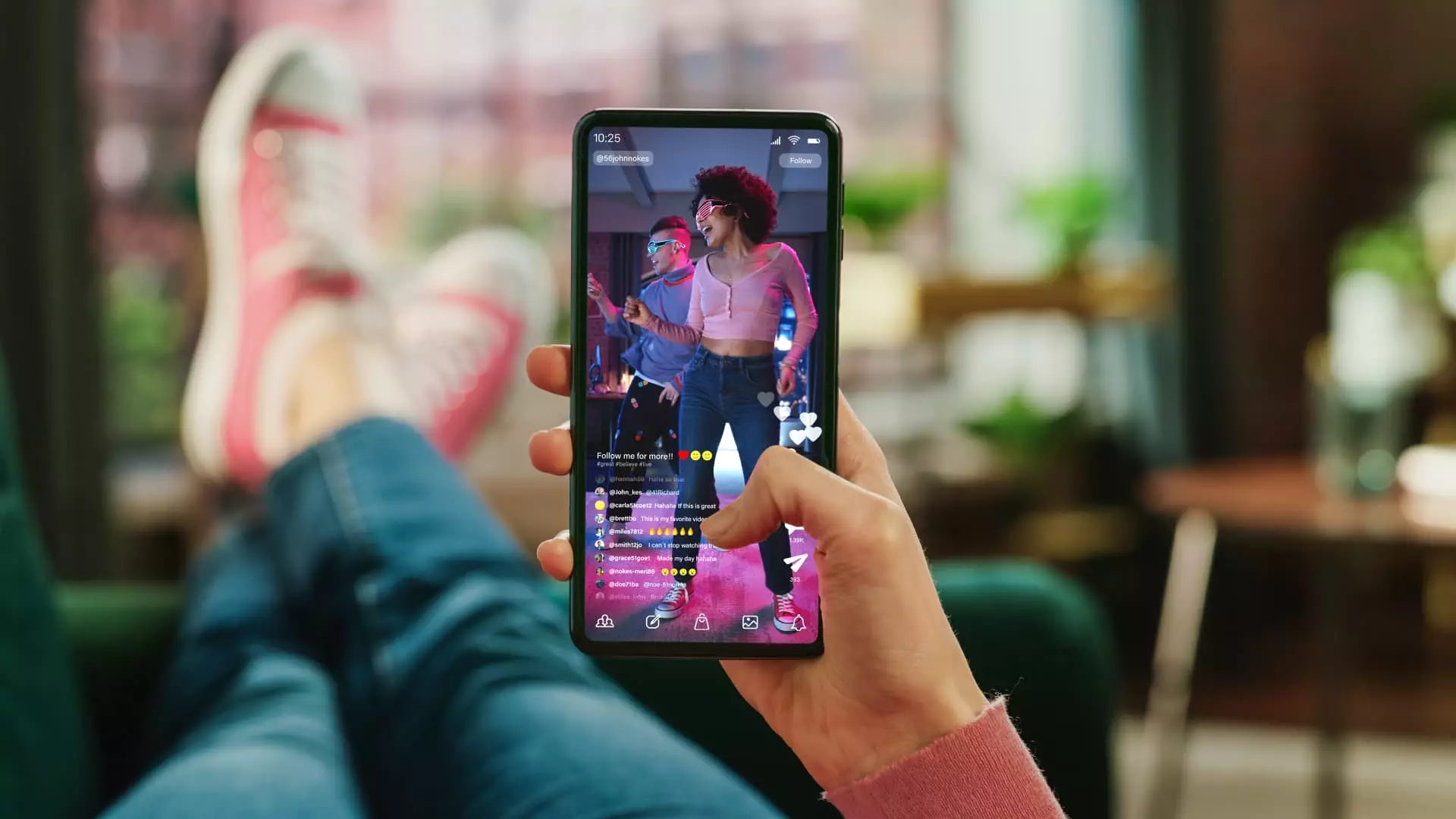Since its global debut in 2016, TikTok has not just entered the short-form video market; it has fundamentally reshaped it. With an impressive 1.12 billion monthly active users, as reported by Backlinko, TikTok stands as a titan in the social media arena. Among American users alone, the app reportedly captures an average of 108 minutes of attention each day, according to Apptopia. This figure highlights how TikTok has become not just a platform, but a daily ritual for millions, influencing not only entertainment but also trends, news, and, increasingly, shopping behaviors. TikTok has redefined user engagement and has compelled other major tech companies to undertake a significant strategic overhaul to keep pace.
The Ripple Effect on Competitors
In a market continually influenced by TikTok’s meteoric rise, competitors like Meta and Google are hustling to refine their offerings, with a dedicated focus on short-form video formats such as Instagram Reels and YouTube Shorts. However, experts consistently point out that these platforms have yet to unlock the secret behind TikTok’s distinctive algorithm—an algorithm that seems to possess an almost uncanny ability to predict user preferences and extend their time on the app. Jasmine Enberg, a prominent analyst at Emarketer, describes TikTok as “the center of the internet for young people,” indicating its pivotal role in modern internet culture.
The intensity of competition is undeniable, with LinkedIn, primarily a platform for professional networking, now testing the waters of TikTok-style feeds. This move exemplifies how far other companies are willing to go to tap into TikTok’s thriving user base. The rapid evolution of features such as e-commerce integration on TikTok sheds light on its ambition to become a multi-faceted platform, while simultaneously putting immense pressure on rivals to adapt quickly—or risk irrelevance.
The Double-Edged Sword of Engagement
While TikTok’s engagement rates are nothing short of astounding, they come with a substantial caveat. Experts raise concerns about the consequences of consuming short-form video content at an unprecedented scale. As users perpetually scroll through an endless stream of brief clips, the ramifications—especially among younger demographics—are increasingly troubling. Dr. Yann Poncin from Yale University’s Child Study Center has noted that such behavior is linked to deteriorating mental health and disrupted sleep patterns, emphasizing that the model of “infinite scrolling” does little to promote a healthy relationship with technology.
Historically, entertainment served as a narrative journey—a chance to immerse oneself in a long story or a deeper exploration of themes. TikTok flips that script, focusing instead on delivering content in bite-sized pieces designed to captivate attention for mere seconds. This paradigm shift in engagement raises questions about the long-term effects on users’ cognitive behaviors and emotional well-being.
The Monetization Dilemma
Despite its high engagement, TikTok faces significant challenges when it comes to monetizing the short video format effectively. In stark contrast to long-form video platforms like YouTube, where advertisers can place ads at various segments, short videos provide minimal opportunities for ad placements, complicating revenue generation for creators and the platform itself. Experts, including Enberg, point out that while going viral has never been easier, converting that virality into a sustainable income stream remains a formidable challenge.
Despite TikTok’s estimated $23.6 billion in ad revenue last year—according to Oberlo—many content creators are not reaping significant financial rewards. For instance, YouTube Shorts reportedly compensates creators at a rate that puts them at a disadvantage compared to long-form counterparts. In response, platforms like Instagram have started to explore innovative tools like “Trial Reels,” allowing creators to test their videos with non-followers, effectively minimizing risk while maximizing creative potential.
Opportunities Amidst Regulatory Scrutiny
As scrutiny surrounding TikTok’s Chinese ownership heightens, competitors like Meta and YouTube are looking for ways to capitalize on potential temporary shifts in TikTok’s popularity. eMarketer estimates that these platforms could seize up to 50% of advertising dollars reallocated if TikTok faces further restrictions in the U.S. This point of contention creates a paradox—while TikTok continues to dominate engagement metrics, external pressures could provide a window of opportunity for its competitors to reposition themselves and capture market share.
The current atmosphere indicates a critical juncture for digital media, where engagement and monetization tactics will need continuous innovation. The shift in social media strategies among tech giants is a testimony to the disruptive force that TikTok has become. The question remains: can competitors ever truly dethrone the short-form video giant, or will they merely adapt in its shadow?

